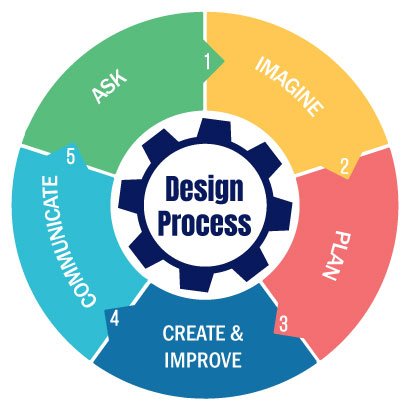The Emerald Education Blog

The Power of Math and Careers
ARTICLE BY ERIC FELDBORG
In the ever-evolving landscape of education, we are constantly seeking innovative ways to engage and inspire our students. Math teachers understand the importance of bridging the gap between abstract mathematical concepts and real-world applications. In fact, the first recommendation in NCTMs Catalyzing Change series is to broaden the purpose of learning mathematics. One approach gaining momentum is the integration of career-related scenarios into middle school math courses—an approach that not only enriches students’ learning experiences but also increases the odds that the math concepts become more permanent in their memory.
“As math educators, we have the power to shape the future of our students and empower them to realize their full potential.”
As math educators, we play a pivotal role in shaping students’ perceptions of mathematics and its applications in the real world. By incorporating career-focused content into our lessons, we can ignite students’ curiosity and enthusiasm for learning. Our job as educators is to prepare students for jobs that we cannot even imagine. Let’s consider the evolution of the telephone for a moment. Depending on what generation you’re from, one scenario may resonate more than another. Think about when a phone was connected to the wall with the handset attached by a cord. Remind yourself of when you used a handheld mobile phone with no keyboard, only the number keys. Compare those experiences to what we have now; phones that are essentially a handheld computer enabling us to text, play games, access the internet, watch television, play music and more. Our world and how we experience it is changing quickly. In order to stay relevant in our field, we must adapt and work in environments where creative thinking and problem solving are highly valued. It requires moving from automation to innovation.
Connecting this to the schooling experience, it’s hard to know what mathematics to teach when we cannot anticipate the demands of students in the near future. It’s for this reason that teaching math for understanding is essential in order to equip students with tools and creative strategies that allow them to apply mathematics in novel situations. Authentic math tasks set in career settings with the use of the engineering design process accomplish just that. So what does this mean, you ask?
Let’s start with a problem with which you may be familiar. Students dive into a problem and start doing math… any math, without a plan or even thinking about appropriate calculations for the situation. You frequently see the trial and error strategy being used more out of desperation to find a solution than as part of a plan. The desperation will dissipate when students engage with career-centered tasks supported by the design process. As students internalize a problem solving approach that works for navigating solutions, like the design process, they are able to persevere through a challenge instead of just getting stuck.
Each phase of the design process helps develop and employ the types of thinking that enable students to solve problems efficiently using effective strategies. The iterative design process requires students to develop a deep understanding of the problem, cultivate and explore ideas, narrow down and plan an approach, create and improve a solution, and communicate the solution to the end user.
Emerald Education has developed Peak PBL, a middle school program in which students explore high-quality career-centered tasks from 16 career clusters using the engineering design process. It is definitely worth exploring if you are interested in helping students explore career pathways and see the relevancy of mathematics.

Moreover, integrating career examples into our math curriculum promotes additional and deeper connections in our students’ brains. When a concept is learned in isolation, the neural network of that memory is only lightly pinned down, sometimes referred to as instrumental understanding. But when a concept is learned or practiced in the context of a meaningful problem encountered by someone in an interesting role, that neural network is more complex and pinned to more parts of the brain, increasing the likelihood it will stick. This complexity and connectedness of the learning is referred to as relational understanding. Of course the pins are a metaphorical reference to synapses, and a quick search of learning, memory, brain, and neuroscience will generate more than a little light reading.
As math educators, we have the power to shape the future of our students and empower them to realize their full potential. By integrating careers into our middle school math curriculum, we can help students develop an interest in their future and instill in them a deeper appreciation for mathematics and its applications in the real world.
